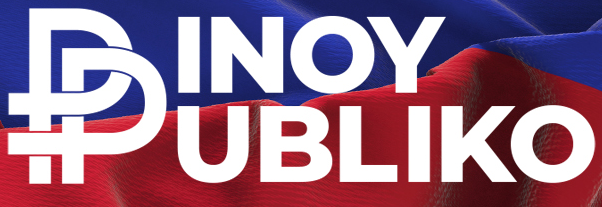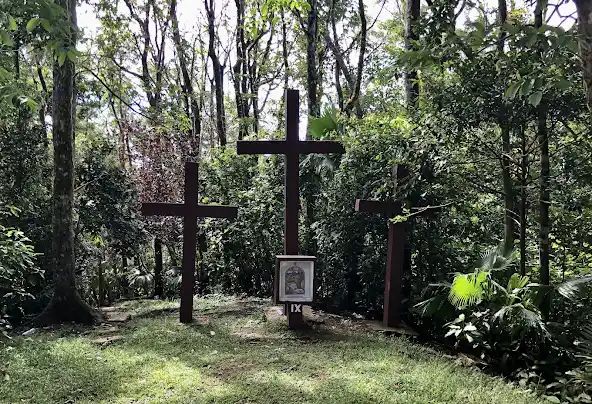
SEMANA Santa, a time of somber reflection on the life, death and resurrection of Jesus, is observed in the Philippines with processions, the Way of the Cross, sermons and prayers and staging of the Senakulo (Passion Play).
But on the mystic island of Siquijor, an event coincides with Holy Week – the Healing Festival. During the celebration, healers gather at the foot of Mt. Bandilaan where they cure hundreds of tourists.
The festivity opens with a Holy Mass, which shows that the island melds its native ways with the Catholic faith. Contrary to popular belief, Siquijor healers are nothing like the pagan sorcerers of medieval Europe who do the devil’s work.
What Siquijor is most famous for is its “witches” who utilize insects, herbs, plants, roots, leaves, vines, tree barks, shells and coconut oil to create mystical concoctions and ointments.
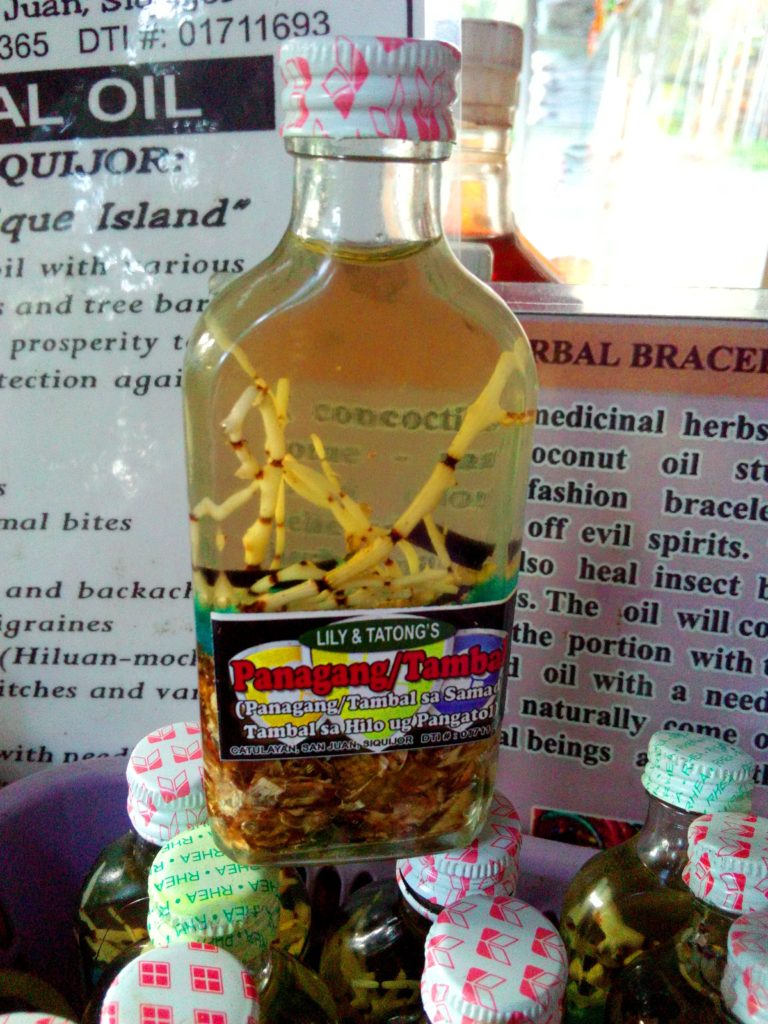
But how did the island get its name “Island of Witches”?
It started in the 1660s, when Siquijor was the main route for trade in the Visayas. During the voyages of the Spaniards, crew members of the ships became ill so they had to stop over at the nearest island where they were cured by the locals. But after witnessing the traditional healing process, the Spaniards distanced themselves from the so-called sorceries and dubbed the place “Island of Witches”.
‘Magic’ potions
Up to now, the supposed sorcerers known as “mananambals” practice their traditional way of curing. Abstaining from alcohol and smoking is part of their custom. Aside from the Christian faith, they also believe in ancestral worship, supernatural beings or spirits that dwell in caves, hills, trees and rivers and those that can morph into humans or animals.
These “mananambals” are a big draw for Siquijor, which has branded itself as the “island of healing”. Their services include making potions, performing counter-spells, casting protection, healing illnesses and helping to shore up good luck. They also communicate with the souls of ancestors and supernatural beings. They offer prayers, gifts and rites to appease them, win their favor, or request for magical powers. They can ward off malevolent creatures, help in the affairs of the heart and increase chances of success in any endeavor like passing licensure exams.
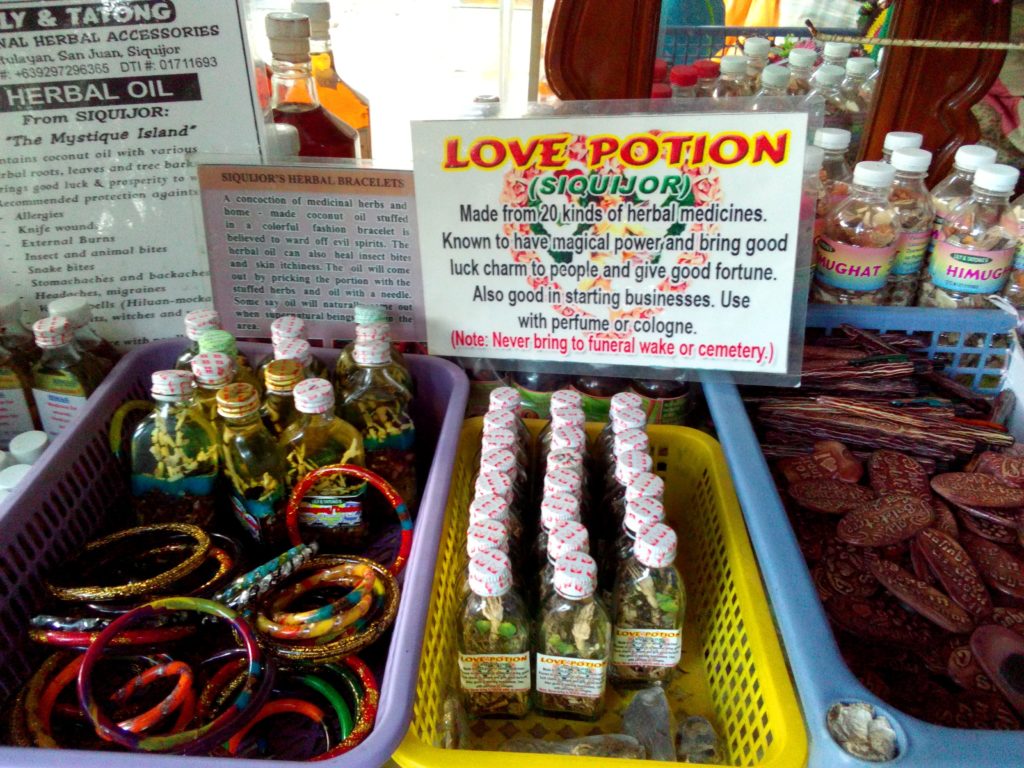
To work their magic, they use “bolo-bolo” (which uses a glass of water, bamboo straw and rare black stone), faith healing, “hilot” massage, local herbs and oils. Some even sell lucky charms, gemstones, trinkets and the popular love potion “gayuma”. Other concoctions with names that hint at their purpose are “tawa-tawa” (laughter), “sumbalik” (return), “tulay” (connection) and “tulog-tulog” (rest).
There are also necklace amulets to counter curses and “lana” (oil) blended with diced tree barks and leaves for muscle pain and fever. Lighting a mixture of ingredients gathered from the mountain and sea brewed in oil and melted wax from candles collected from cemeteries is said to render serious cases of “barang” (witchcraft) ineffective.
The ingredients for the special mixtures are gathered on all Fridays of Lent in a ritual called “pangalap”. These ingredients are then chopped and prepared during the “pag-adlip” on Maundy Thursday and Good Friday, and cooked and brewed during the “pagluto” on Black Saturday, which is held in a cave or mountain clearing. Lots of “orasyon” (prayers) accompany the preparation. Those who participate in the brewing are made to chew leaves of an unknown plant which have to be kept in the mouth so they won’t be affected by the smoke and pungent smell.
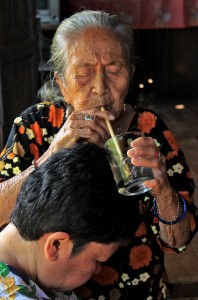
The choice of Holy Week as the schedule of these folk rituals is deemed auspicious. It is the time when the death of Jesus is commemorated and when spirits can impart their powers to those who wish to possess them. It’s also when potions created during this period gain their potency. The timing of the cooking session determines the purpose of the concoction. When it’s done on Good Friday, the mixture can cause harm or bad luck. But when it’s made on Black Saturday, it’s considered medicine.
Such practices can be traced back to centuries ago when there was no access to modern healthcare facilities. Majority of Siquijor’s population lives below the poverty line, so the availability of rare but cheap palliative plants makes traditional healers popular among locals.
Healing island
In addition to having good witches, Siquijor is also rumored to be a haven for shamans who cast spells that cause sickness or death, magicians who can make paper dolls dance and otherworldly creatures that wreak havoc in the countryside.
The island’s association with black art is the inspiration behind the Witches Festival, a gathering of faith-healing practitioners during a full moon. They congregate on Crocodile Hill in the town of Lazi. While they gather ingredients and make potions, they recite invocations and perform a dance. The ceremony is concluded with secret rites.
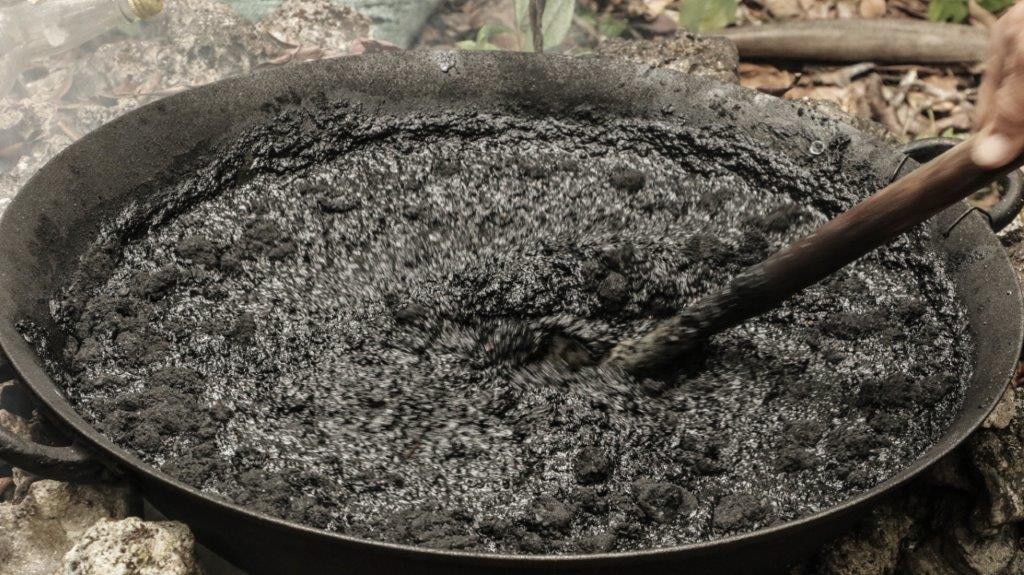
Because of Siquijor’s reputation for witchcraft, which has fascinated – and frightened – people, the local government unit thought of transforming the island’s image of black magic to that of a healing island. It seeks to capitalize on the traditional healing methods and cures indigenous to the place and invigorate local tourism.
To this end, it has been holding the annual Healing Festival since 2009 at the highest peak of the island, the Bandilaan Mountain View Park. Stalls are provided for healers and herbalists where patients and tourists can consult them. Alternative medicine practitioners also attend the event to replenish their supplies of oils and herbs.
While the alternative medicine of Siquijor healers may help drive away evil forces and treat different kinds of ailments, the most important talisman is prayer and the most effective cure is faith, the greatest weapon against any adversity.

